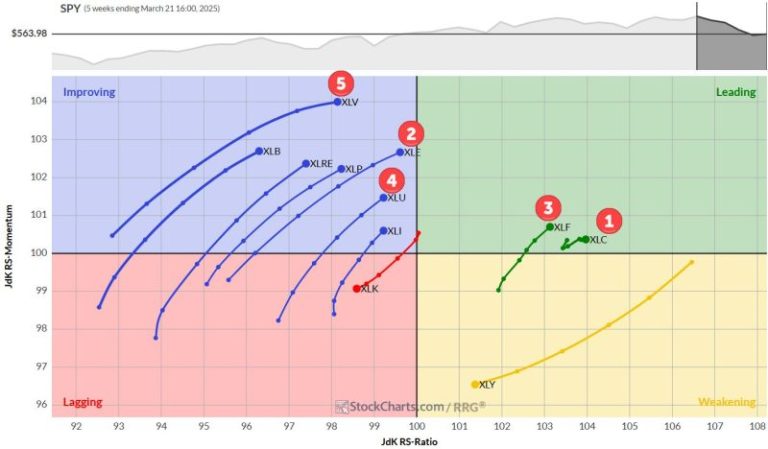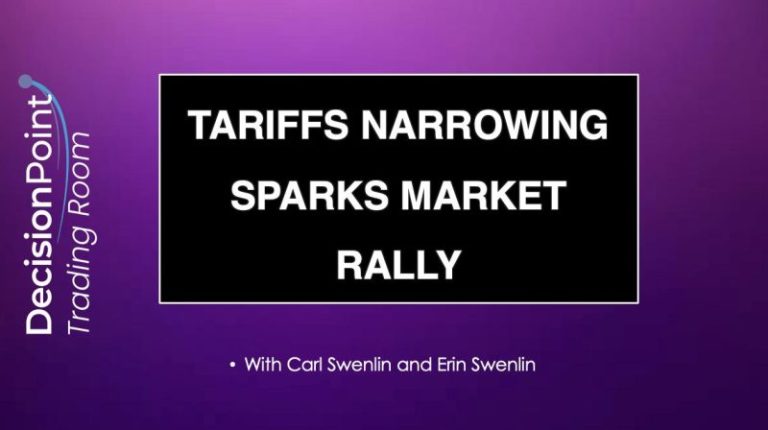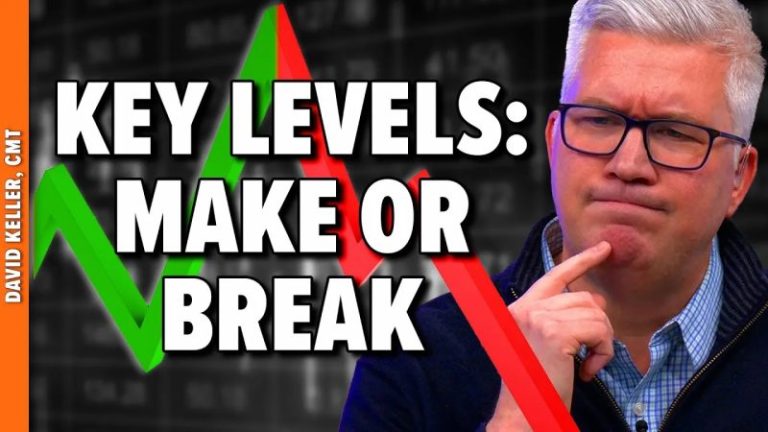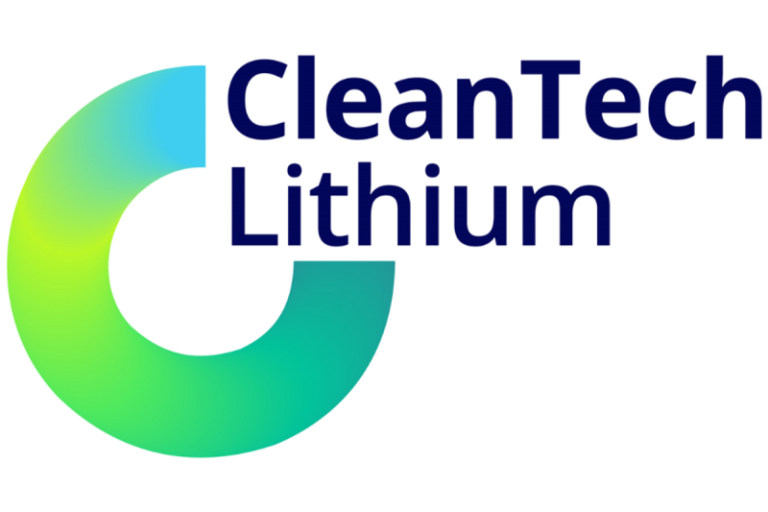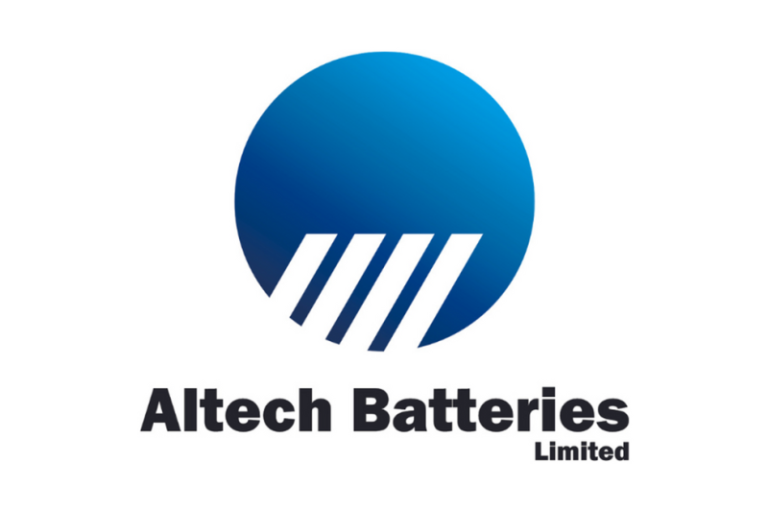The energy transition demands substantial funding as participants look to build out infrastructure and supply chains, but experts say new solutions are emerging to help navigate this landscape.
During the ‘Financing the Energy Transition’ panel at the Benchmark Summit, participants discussed the role of government and public sector investment, as well as the outlook for Canada’s electric vehicle (EV) supply chain.
Moderated by Adam Webb, head of battery raw materials at Benchmark Mineral Intelligence, the discussion at the Toronto-based event opened with a snapshot of Canada’s EV battery supply chain buildout.
Daanish Hussein, senior manager of grants and direct funding at BDO Canada, highlighted the downstream, midstream and upstream development happening in Ontario and Québec.
“If you look at the last four years, just looking at Ontario, we’ve secured over C$45 billion in this industry,” he said, adding that Ontario’s strategy has initially been focused on downstream growth.
“Whereas in Québec, I think what you’ve seen is a bigger focus on the midstream and upstream,” added Hussein.
Moving forward, he expects both provinces to prioritize midstream and upstream expansion.
“We want to make sure that Canada has the breadth and depth to get supply chain security, but also it’s an economic development imperative to develop the north, and there’s a lot of private and public sector support for this,” he noted.
Federal support for Canada’s mining industry
During the Prospectors & Developers Association of Canada (PDAC) convention, which coincided with the Benchmark Summit, Jonathan Wilkinson, Canada’s minister of energy and natural resources, made several announcements aimed at supporting the country’s exploration, mining and development sectors.
The first was an extension to the Mineral Exploration Tax Credit (METC) until March 31, 2027.
The 15 percent METC aims to support junior exploration, mining and mineral processing companies, providing an estimated C$110 million to drive exploration investment.
Wilkinson also announced a second round of funding under Canada’s Critical Minerals Infrastructure Fund. It will offer up to C$500 million for energy and transportation projects to boost the mining sector.
Last year’s round approved over 31 projects with C$300 million pending final review.
Hussein noted that these types of funding initiatives are imperative to encourage northern development.
Will US tariffs derail Canadian growth?
Despite focusing largely on Canada, the panel could not escape talks of US tariffs.
While acknowledging the uncertainty that the tariff threat presents, Hussein explained that the EV supply chain project pipeline in Québec and Ontario is robust and financially strong.
He pointed to Linamar’s (TSX:LNR,OTC Pink:LINAF) C$1 billion investment in six Ontario automotive technology sites, announced in January, as an example. The Ontario-based global auto parts manufacturer is also receiving support from the provincial (C$100 million) and federal (C$169.4 million) governments.
“So yes, there is reason for trepidation, but I think there’s a lot of compelling reasons to be optimistic,” said Hussein.
Battery metals investors must rejig expectations
Webb next asked where investors are currently finding value.
Arun Viswanathan, senior equity analyst for chemicals and packaging at RBC (TSX:RY,NYSE:RY), told the audience that investors are currently grappling with three issues.
“First off, they’re a little bit anchored to the recent peak as a potential possibility as to how high they think prices can go, and there isn’t really support for investors to get to that level,” he said.
In addition to unrealistic expectations about metals prices returning to peaks seen in late 2021 and early 2022, Viswanathan pointed to apprehension in EV sales growth in the EU and North America.
“Investors are also struggling with the idea that (in) North America and Europe, EV demand is very weak, and that demand has coincided with this downturn in pricing,” Viswanathan said.
“Even though 80 percent of the supply chain in lithium is in China, 99 percent of LFP capacity production is there, people actually do think that the North American and European markets do matter to drive pricing.”
A lack of transparency was the final factor impacting investor sentiment Viswanathan underscored.
“The third thing I would mention is opacity in the market,” he said. “And when you think about what is actually observable in China and elsewhere, I think investors struggle with data.”
He suggests that investors often “hone in” on inventory numbers, which do not always paint a complete picture.
Viswanathan went on to say that the lithium industry was once seen as a high-growth sector, but major producers are now scaling back their forecasts. For example, Albemarle (NYSE:ALB), has reduced its expected production growth from double digits to low single digits for 2025 and possibly 2026.
With a significant surplus in the market, there’s little immediate catalyst for change. Many investors remain focused on the short term, limiting interest in long-term opportunities despite potential value over the next decade.
“I think in general, investors are optimistic on the long-term story. But even though prices have come down significantly, I don’t know if we’re at value stages yet,” he said.
Does ESG matter for financing?
From there, the discussion shifted to the importance of ESG credentials in financing projects.
Weighing in on the topic, Shelley Gilberg, markets leader of managed accounts at PwC, noted that it “depends on whose money you are taking’ and said alternative forms of financing are emerging.
“You’re starting to see the emergence of much more purpose capital that understands what they’re investing in. They’re prepared to potentially take a slightly lower rate of return in exchange for the thematic investing that they’re doing.”
Gilberg highlighted the Canada Growth Fund’s recent equity stake in the Nouveau Monde Graphite (TSXV:NOU,NYSE:NGM) as part of the shift in financing strategies. Announced in December, the C$57 million investment aligns with the Canada Growth Fund’s goal of supporting national critical minerals development.
Gilberg went on to suggest that companies seeking financing have to pay attention to a multitude of factors, including boardroom dynamics, shareholder activism and industry partnerships.
In today’s geopolitical climate, some market expectations conflict — some US buyers reject ESG commitments, while European buyers demand them, leaving Canadian firms navigating a middle ground.
“I think the most difficult thing for every company right now — this isn’t unique to mining — is how do you line up customer sentiment around this stuff with investor sentiment?” she said. “And I can tell you, it’s difficult.”
Ultimately, Gilberg explained that these are strategic business decisions, not just ESG concerns.
Although the landscape is rough, companies that are able to mesh customer needs with investor concerns are likely to benefit from what Gilberg described as a “reset” of the sustainability and ESG lens.
‘I think the greatest risk and the greatest opportunity right now for mining companies comes from aligning the customers you’re going to serve with the investors whose money you’re using,” she said. “That has to be the magic.”
Securities Disclosure: I, Georgia Williams, hold no direct investment interest in any company mentioned in this article.
This post appeared first on investingnews.com

